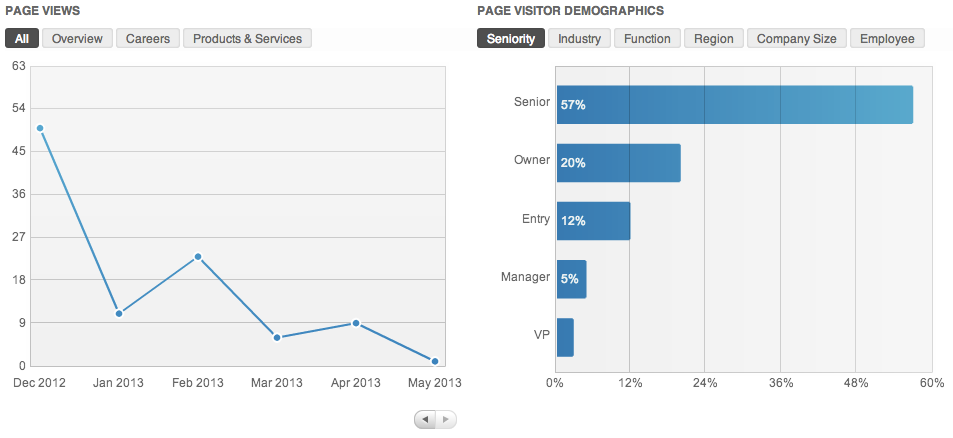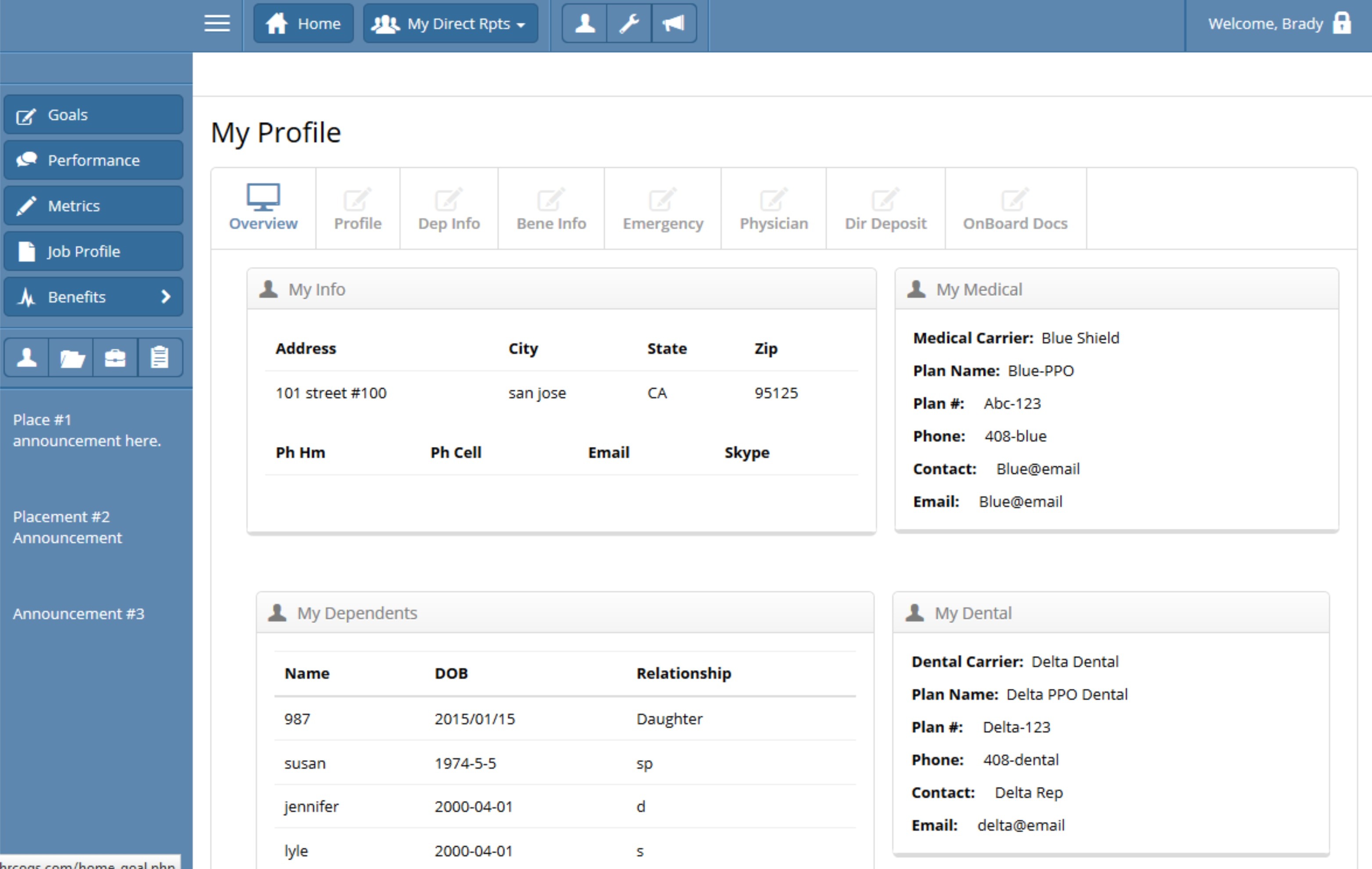How to Manage Your Employees by Demographic
Post on: 16 Март, 2015 No Comment

Credit: wavebreakmedia/Shutterstock
A good manager knows how to communicate and connect with his or her employees in order to keep them motivated. A great manager knows that employees arent all motivated in the same way, and takes this into account when trying to keep staff members engaged.
New research from Gallup Business Journal confirms what many business leaders know to be true: Employees of different generations, education levels and tenure respond best when theyre managed in ways that reflect their respective demographic experiences.
All workers have different talents, skills and experiences and need to be managed individually, wrote Jennifer Robison, senior editor of Gallup Business Journal and author of the research article. But the effect of demographics on employee engagement is powerful. Managers who understand this will have a better feeling for where employees are coming from, and thus will have an easier time getting the company where it needs to go.
Robison outlined a few key findings from the Gallup research:
Higher education doesnt always mean higher engagement levels. Gallup found that employees with a college degree are less engaged than workers who dont have more than a high school diploma, which means employers arent maximizing their investment in those employees who are more likely to be educated. Robison noted that managers should empower college graduates to take ownership of their personal engagement by honoring and capitalizing on the time and energy these workers have devoted to their careers.
All generational groups want a strong sense of what the organization stands for, and the opportunity to do what they do best. Managers should seek ways to help employees verbalize and internalize what the companys mission and purpose mean to them, Robison said. Regardless of generation, workers are also more engaged when they are able to do what theyre best at every day. As a manager, you can assess your employees strengths to learn about their greatest talents and begin positioning people to use their strengths every day.
Baby boomers want managers to show they care. Robison advised communicating interest in these employees by inquiring about their work and other important aspects of their lives during day-to-day interactions.

Millennial retention depends on growth opportunities. Generation Y is particularly prone to job hopping. Having opportunities to learn and grow within the company is a strong factor in engagement for this group, and could help keep these workers around: Nearly half of actively disengaged millennials strongly agree that they want to find new jobs, but only 17 percent of engaged ones do, according to Gallup.
Employees hit their peak of engagement during the first six months on the job. Companies should do everything possible to extend and intensify new hires engagement during this honeymoon period, Robison said. Consider pairing them with a colleague to show them the ropes, provide plenty of recognition for their early efforts and make sure their opinions are heard.
A highly engaged executive team means higher employee engagement among those with a longer tenure. While Gallup found that engagement drops after the first six months, employees who have been at the company for 10 years or more are much more engaged when the executive team is as well. Robison said this finding underscores the importance of leaders who walk the walk and lead by example.
Consistency and perseverance will keep engagement strong. Employers who continuously survey their employees and make improvements based on survey results are able to increase engagement every year at all tenure levels, Robison said.
For more tips on managing different employee groups, check out Business News Dailys article on the subject here .














